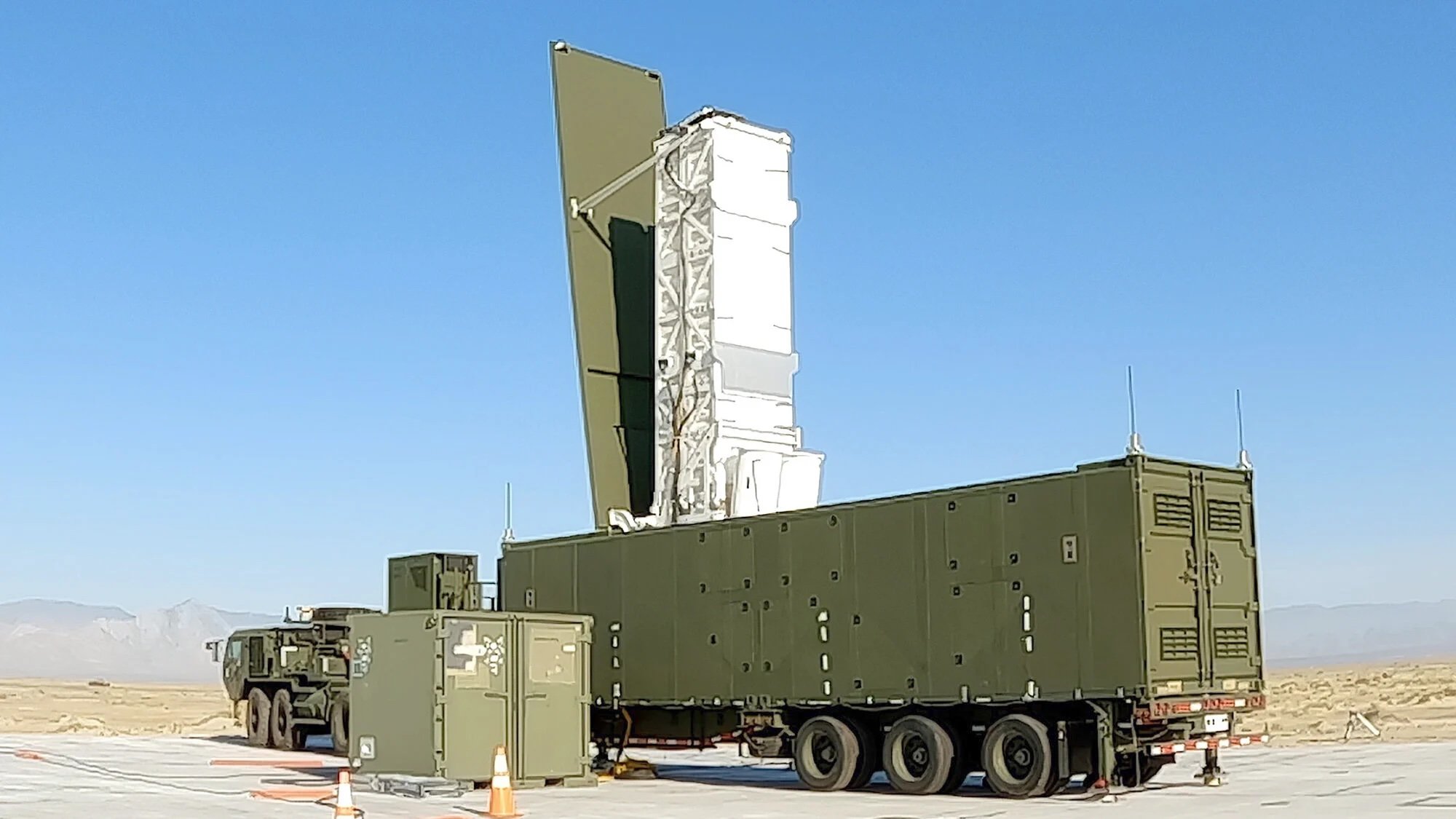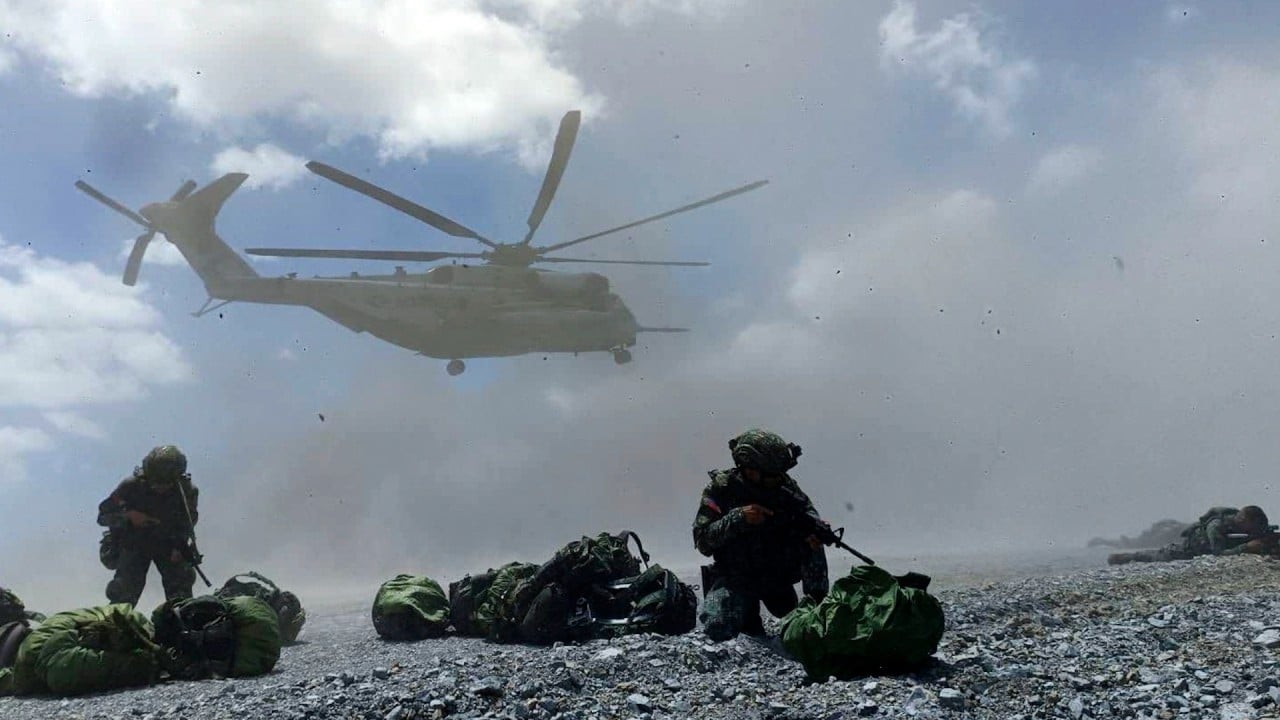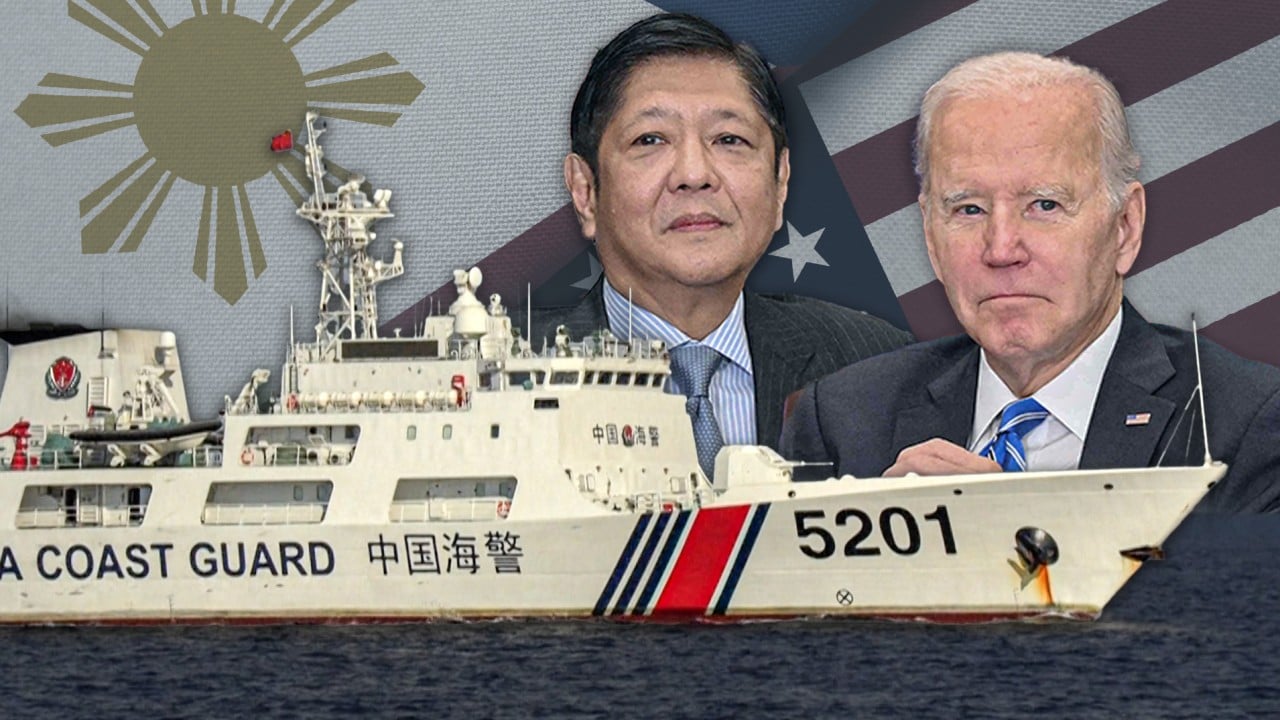Chinese Vice Foreign Minister Sun Weidong told reporters in Jakarta on Friday that he had “clearly conveyed China’s serious concerns” during a meeting with senior officials from China and the Association of Southeast Asian Nations (ASEAN).
According to a statement from China’s Foreign Ministry, Sun said the deployment “poses a serious threat to the security of regional countries and seriously undermines regional peace and stability.”
“China firmly opposes the recurrence of Cold War-type conflicts in the region and the use of regional countries as instruments and proxies of hegemony,” Sun said, adding that China strongly opposes ASEAN’s strategic autonomy. We reaffirmed our support.
Son’s comments came as Beijing faces growing challenges from the United States and its allies in the region, including the Philippines.
Four of the 10 ASEAN member states, Malaysia, Brunei, Vietnam, and the Philippines, have territorial disputes with China in the South China Sea.
Early Friday morning, the Philippines concluded its three-week annual training exercise with the United States. The exercise involved 16,000 soldiers from both countries, as well as members from France and Australia.
US Indo-Pacific Command said its troops “trained side-by-side at locations across the Philippines to increase proficiency in maritime security, amphibious operations, combined arms, air operations, and information and cyberspace operations.” .
Beijing was deeply displeased when the Philippines agreed to open four more military bases to its long-term ally last April.

The deployment of the Typhon weapon system in the exercise marks the first time such a weapon has been deployed in the Indo-Pacific since the United States withdrew from the Intermediate-Range Nuclear Forces Treaty in 2019.
This agreement was ratified by the United States and the Soviet Union in June 1988, and prohibited both countries from developing and combating ground-launched ballistic missiles and cruise missiles with a range of 500 to 5,500 km.
Importantly, from Beijing’s perspective, the Philippines forms part of the first island chain separating mainland Asia from the Pacific Ocean, and could be used by the United States as a first line of defense to militarily contain China. That means it’s possible.
According to the US government, the Typhon will consist of four launchers, launching an SM-6 missile capable of hitting targets up to 370 km away, and a cruise missile with a conventional or nuclear warhead and a range of up to 2,500 km. He says it can be done. Tank the Center for Strategic and International Studies.
According to China’s Ministry of Foreign Affairs, Mr. Son held “in-depth exchanges of views on international and regional issues of common concern” with Southeast Asian countries, and the two sides agreed to cooperate in the fight against landmine clearance, wire fraud and illegal internet gambling. agreed to strengthen the “Creating a more stable and secure regional environment.”
ASEAN is currently China’s largest trading partner, and Sun also said the two countries aim to finalize negotiations on upgrading the free trade agreement.



